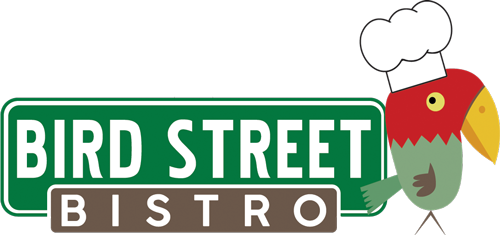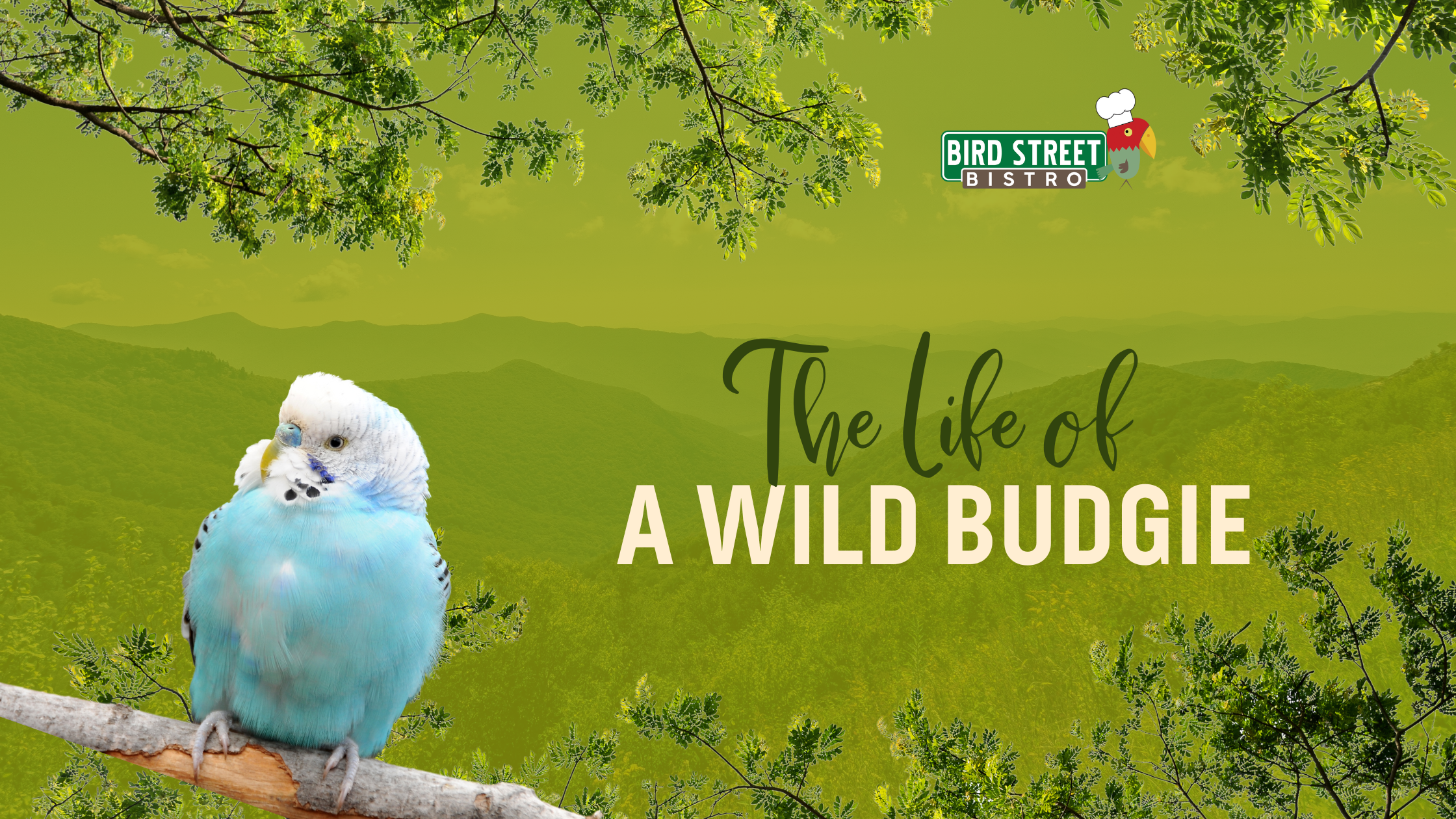The Life of a Wild Budgie
Where do Budgies Come From?

Budgies are from Australia. They can be pretty widespread throughout the country and the interior because they tend to be somewhat nomadic, meaning they move around from year to year or during a change in seasons or rainfall patterns. This helps them ensure they have access to adequate amounts of resources like food and water. During the colder months, some flocks have been spotted moving further northward. Being able to adjust for the right conditions helps budgies get the best chance of survival
Budgies have been introduced into other areas of the world but have mostly failed to thrive. There are some wild budgies in the United States in Florida and a few other locations, but for the most part, they just haven't been able to grasp a firm hold in any place other than their native habitat. So, Australia is quite suited for budgies - but why?
The Budgie and the Outback
Budgies can be found in both smaller flocks to very large flocks if environmental conditions are right. Despite the many color mutations bred by humans over the years, they are naturally green and yellow - and that’s what you would see if you saw a flock of wild budgies in Australia. You’d see them living mostly in grasslands, woodlands, and farmlands. They tend to gather in massive numbers around watering holes to drink. Sightings have been reported of up to about 15,000 budgies gathered around these water sources! The average lifespan for a wild budgie is probably shorter than that of one that lives in a human’s home. The average domestic budgie’s life expectancy is between 5-8 years. However, those lower numbers are likely due to a poor understanding of their dietary and lifestyle needs. Because of things like predators and other natural challenges, wild budgies probably have a shorter life expectancy on average. However, a poor diet and lack of activity in a human home can be much worse for a budgie than those natural challenges, so life expectancy depends on the environmental conditions.

The Australian ecosystem provides a nice, varied diet for budgies to thrive on. The food that they eat is suited just for their biological needs. They are what is called ground feeders - meaning they like to forage for food along the ground. They primarily eat grass seeds like the spinifex and Mitchell grass Astreleba. They’ve also been known to forage for the seeds of crop plants. Seeds provide budgies with the right amount of calories and nutrients to support their active lifestyle in Australia. Budgies are active in their normal day-to-day lives, so they need a higher calorie and fat content from those seeds to support their energy needs. Captive budgies, however, do not have as many energy requirements since they are in our homes all day. That’s why if we own budgies, it is extremely important to understand their dietary needs as captive birds and provide them with a balanced diet.
Budgies are what are called prey animals, meaning that they are hunted by predators as a food source. Some of the predators in Australia that budgies have to look out for are aerial birds of prey like falcons and hawks as well as snakes and even the human-introduced cat on the ground.
The Budgie Social Life

Budgies flock in numbers from between just a few to over one hundred individuals. However, after rainfall, they have been spotted to group together in the thousands. As a flock, they perform day-to-day activities as a group like flying distances to meet their needs based on environmental conditions, foraging for food, and breeding and raising families together. (Image right features a flock of wild budgies © Arthur Chapman iNaturalist Australia)
A large and important part of the budgie's social life is foraging for food as a group. They are on the lookout together for good food and often learn from each other what is good to eat and try and which new food items are good to eat as well. If you own budgies, you may have noticed that they will often eat at the same time. You may also have seen one budgie try a new food and the others follow her lead and try it as well. Since they are ground feeders, you may also have seen them hopping about on the floor looking for stray seeds or pellets. This activity is second nature to them and provides a unique kind of enrichment. That’s why foraging toys and special feeding platforms and trays can be extremely rewarding to pet budgies. It helps them get out those foraging instincts that are ingrained in them and gives them a nice social activity to bond over.

Budgies are what are called opportunistic breeders, meaning they will breed when conditions are well suited for raising healthy babies. Mainly, this means there is plenty of food. That’s why they especially seem to like to nest during grass-seeding periods. They nest in hollows and holes in trees and typically lay between four to eight eggs. One particularly endearing aspect of budgie nesting is that it can be done communally. This means that nesting hollows and other nesting areas might be shared with other budgie families. The male budgie forages and brings food back to the female as she sits on the eggs. Once they hatch, it takes babies about five weeks to fledge, but they also learn other important aspects of bird life from their parents like eating, socializing, and social boundaries. Proper parental care during this delicate time is extremely important and ensures a budgie will be able to care for itself and keep itself safe from predators. But it also helps them to properly incorporate themselves and be accepted into a flock.
There’s a lot more to how a budgie lives in the wild, but I hope this short blog post has given you more insight into how they live their best wild lives and maybe even how you can help them feel more “at home” in your home! One way to help enrich their lives is by stopping by the Bird Street Bistro store page and trying out one of our amazing food products, like the Cajun Bean - Feast on the Fly!
References:
Juniper, Tony, and Mike Parr. Parrots: A Guide to Parrots of the World. Helm, 2010.
Eggleston, Kayla A., et al. “Assessment of three diet types on constitutive immune parameters in captive budgerigar (melopsittacus undulatus).” Journal of Avian Medicine and Surgery, vol. 33, no. 4, 2019, p. 398, https://doi.org/10.1647/2018-395.
“How Long Can Budgies Live?” The Budgie Academy, Dr. Amy Zhao, 28 Feb. 2023, www.thebudgieacademy.com/lifespan.
- Choosing a selection results in a full page refresh.
- Press the space key then arrow keys to make a selection.


